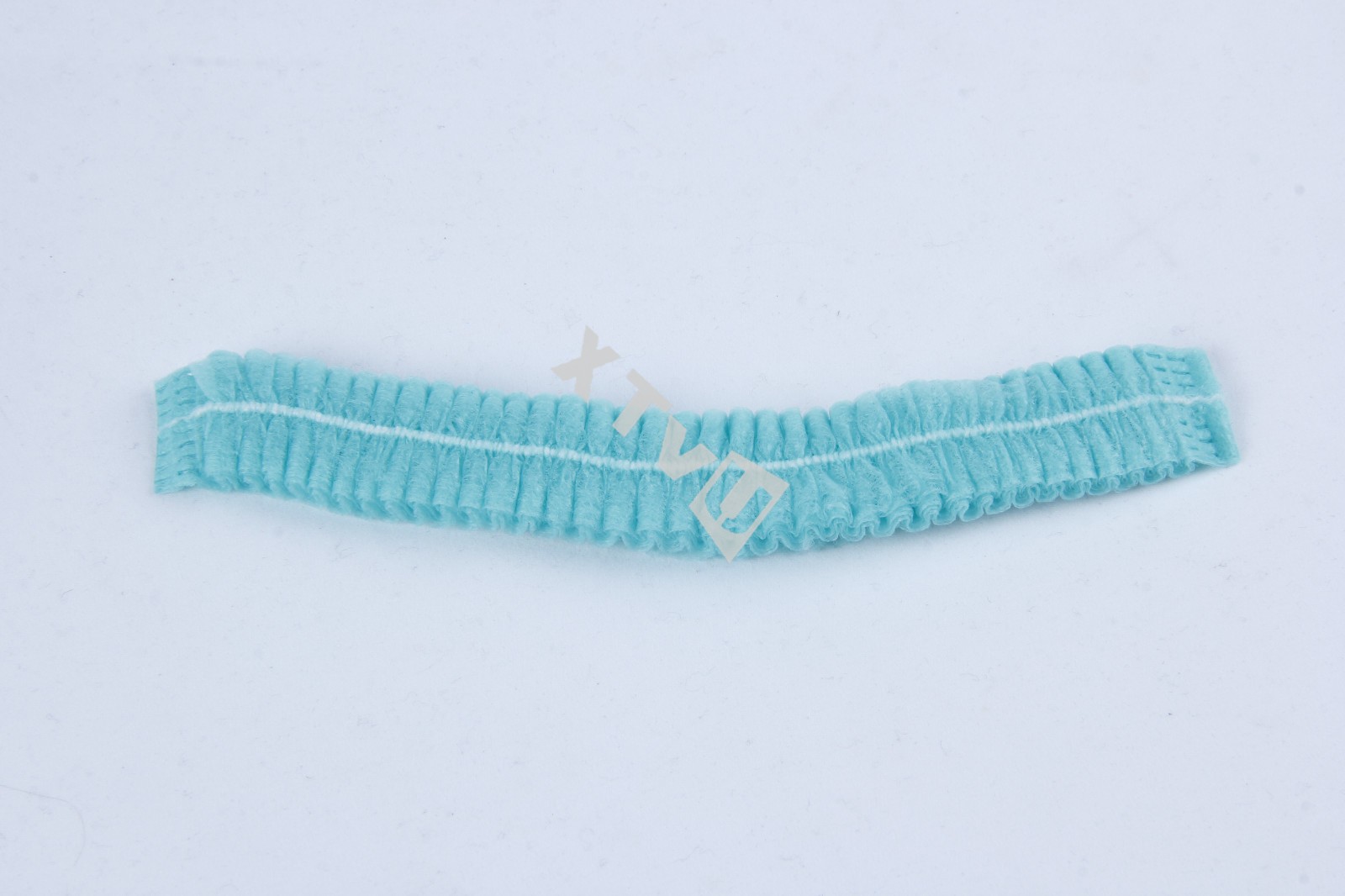
Physical properties of pp nonwoven fabrics produced by non-woven fabric
Physical properties of pp nonwoven fabrics produced by non-woven fabric
Polypropylene is a non-toxic, odorless, odorless, milky, highly crystalline polymer with a density of only 0.90--"0. 91g/rm, which is one of the lightest of all plastics in the world today. It remains unchanged from water. The water absorption rate in water is only 0. O1%, and the molecular weight is about 80,000 to 150,000. The moldability is good, but the shortening rate is large (1% to 2.5%). With high parts, it is difficult to reach the request, and the product profile is glossy and easy to color.[4]
Physical properties of pp nonwoven fabrics produced by non-woven fabric
Mechanical properties
Polypropylene has a high degree of crystallinity and regular structure,
so there is excellent mechanical properties. The absolute value of the
mechanical properties of polypropylene is higher than that of
polyethylene, but it is still a relatively low grade in plastic
materials, and its tensile strength can only reach a level of 30 MPa or
slightly higher. Higher isotactic index polypropylene has higher tensile
Intensity, but as the isotactic index advances, the impact strength of
the material has dropped, but it does not change after falling to a
certain value.
Physical properties of pp nonwoven fabrics produced by non-woven fabric
Temperature and loading speed have a great influence on the toughness of
polypropylene. When the temperature is higher than the glass transition
temperature, the impact damage is ductile fracture, and it is brittle
fracture below the glass transition temperature, and the impact strength
value drops significantly. Advancing the loading speed can increase the
temperature at which the ductile fracture transitions to the brittle
fracture. Polypropylene has excellent resistance to discarding and
discarding, and its products can be bent 106 times at room temperature
without breaking.
However, at room temperature, due to the high degree of regularity of
the molecular structure, the impact strength is poor. The most prominent
property of polypropylene is its resistance to discarding and
discarding. [5]
Thermal performance
Physical properties of pp nonwoven fabrics produced by non-woven fabric
Polypropylene has excellent heat resistance. Products can be disinfected
and sterilized at a temperature of 100°C or higher, and they are not
deformed at 150°C without external force. The embrittlement temperature
is -35°C, and embrittlement will occur below -35°C. Cold resistance is
inferior to polyethylene. Reports on the glass transition temperature of
polypropylene have a value of 18qC, OqC, 5°C, etc. This is also due to
the fact that people use bifurcated specimens in which the ratio of the
crystal phase to the amorphous phase is different, and the chain lengths
of the amorphous portions in the molecular chain are bifurcated. And
to. Melting temperature of polypropylene is about 40-50% higher than
polyethylene, about 164-170°C, 100% isotactic polypropylene
The melting point is 176°C. [5]
Chemical invariance
Physical properties of pp nonwoven fabrics produced by non-woven fabric
Polypropylene is chemically invariable, except for being attacked by
concentrated sulphuric acid and concentrated nitric acid, it is
invariable for other chemical reagents; but low molecular weight
aliphatic, aromatic and chlorinated hydrocarbons can make polypropylene.
Softening and swelling, while its chemical invariance along with the
growth of crystallinity has progressed, so polypropylene suitable for
the construction of various types of chemical pipelines and accessories,
anti-corrosion the end result of brilliant.
Electrical properties
It has a higher dielectric coefficient and can be used to build heated
electrical insulation products as the temperature rises. Its breakdown
voltage is also very high, and it is used as electrical accessories. The
resistance to voltage and arc resistance is good, but the degree of
static electricity is high and it is easy to age with contact with
copper.
Weather resistance
Physical properties of pp nonwoven fabrics produced by non-woven fabric
Polypropylene is very sensitive to ultraviolet rays, and it can improve
its aging resistance by inserting zinc oxide, chlorinated dipropionate,
carbon black or similar milky fillers.
Hydrophobicity parameter for reference (XlogP): 3.32, Number of hydrogen
bond donors: 03, Number of hydrogen bond acceptors: 34, Number of
changeable transition bonds: 15, Number of tautomers: 6, Topological
molecule polarity profile Product (TPSA): 29.5 to prevent strong
oxidants, chlorine, potassium permanganate sealed, kept in a cool dry
place, to ensure a good ventilation.
-
2023-04-21
What is the main adv…
What is the main advantage of …
-
2023-04-21
Are nonwovens washab…
Are nonwovens washable and bre…
-
2023-04-21
Where are nonwoven f…
Where are nonwoven fabrics use…
-
2023-04-21
Are nonwoven fabrics…
Are nonwoven fabrics environme…
-
2023-04-21
What are the raw mat…
What are the raw materials for…
